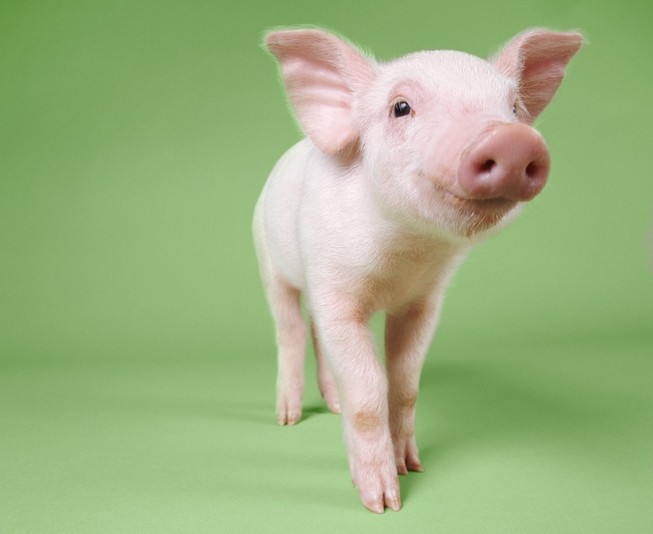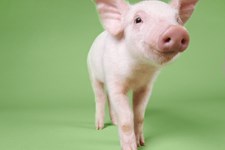News

March 30. - 2023
Flank Temperature Correlates with Core Body Temperature in Piglets
In livestock an increase in body temperature is usually the first sign of sickness and is also an indicator of stress response in the animal. Even more it shows the natural variation of responsiveness of breed and sex to stress. It is also an important parameter to monitor during research in order to improve animal health. In a recent study the temperature of three subcutaneous (SC) locations was compared to the core body temperature in weaned pigs exposed to lipopolysaccharide (LPS) challenge.
Body temperature measured at four locations
Scientists from ARS-USDA and Texas Tech University implanted 46 weaned pigs (21 d. old) with the ultra-small temperature sensor Star-Oddi’s DST nano-T in four different anatomical locations, set to measure every 5 minutes from 12 hours prior until 24 hours after the LPS challenge. The challenge consisted of LPS dose administered intra-venously at hour 0. The piglets were divided into two experiments. The four locations were intra-peritoneal, SC behind the ear, in the axilla, and in the flank or groin area. A comparison was made of the body temperature between the SC locations to the IP location. The LPS injection gives a short-lived febrile response shortly after administration.
Body temperature measured at four locations
Scientists from ARS-USDA and Texas Tech University implanted 46 weaned pigs (21 d. old) with the ultra-small temperature sensor Star-Oddi’s DST nano-T in four different anatomical locations, set to measure every 5 minutes from 12 hours prior until 24 hours after the LPS challenge. The challenge consisted of LPS dose administered intra-venously at hour 0. The piglets were divided into two experiments. The four locations were intra-peritoneal, SC behind the ear, in the axilla, and in the flank or groin area. A comparison was made of the body temperature between the SC locations to the IP location. The LPS injection gives a short-lived febrile response shortly after administration.
Temperature measured in the flank highly correlated with the core body temperature
The results in the study suggest that temperature measured SC in the flank area gives a temperature profile closely related to the core body temperature. This was shown in both experiments, while the other locations did not show this strong correlation. These results provide validation in piglets to measure body temperature by implanting data loggers with minimally invasive procedures in locations where it is easy to retrieve it from. The methods presented are minimally invasive and more reliable for researchers and health professionals than, e.g., rectal temperature measurements.

Fig. 3 from the article shows strong correlation between the flank and IP temperature
The article was published in Livestock Science and can be accessed here
